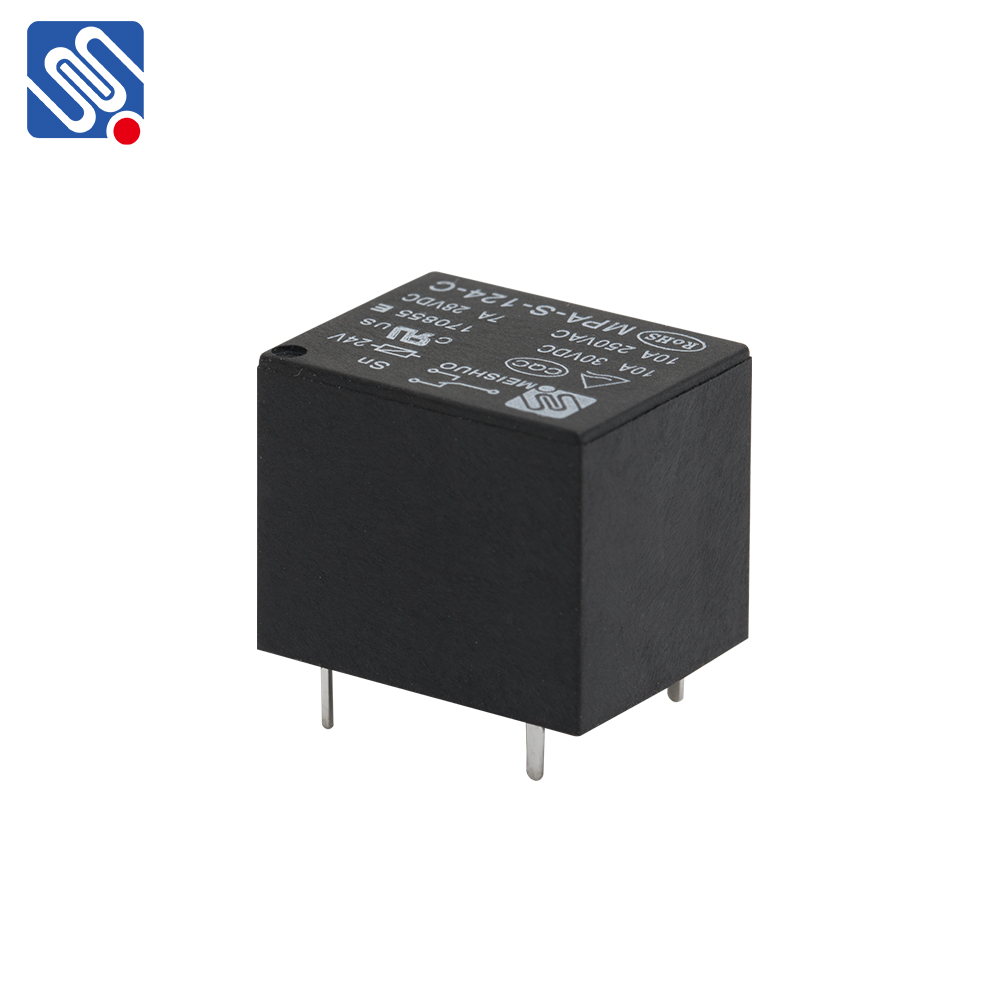Relay drive is a crucial concept in the field of electrical engineering and automation, acting as a fundamental component in controlling and managing various devices and systems. The simplicity, reliability, and efficiency of relay drives have made them an indispensable part of control systems in industrial and consumer applications alike. This article explores the principles, components, and applications of relay drive systems, shedding light on how they contribute to automation processes.

What is Relay Drive? At its core, a relay drive system involves using an electrical relay to control the operation of other devices or circuits. A relay is an electromechanical switch that uses an electromagnet to open or close a set of contacts in response to a small electrical signal. When a low voltage is applied to the relay’s coil, it generates a magnetic field that pulls the relay’s contacts together or apart, either completing or breaking the circuit. The key function of relay drive systems is to use this simple mechanism to control high-power devices with low-power control signals. Relay drives are widely used in industrial, automotive, and consumer electronics, allowing devices to be controlled remotely or automatically with minimal human intervention.